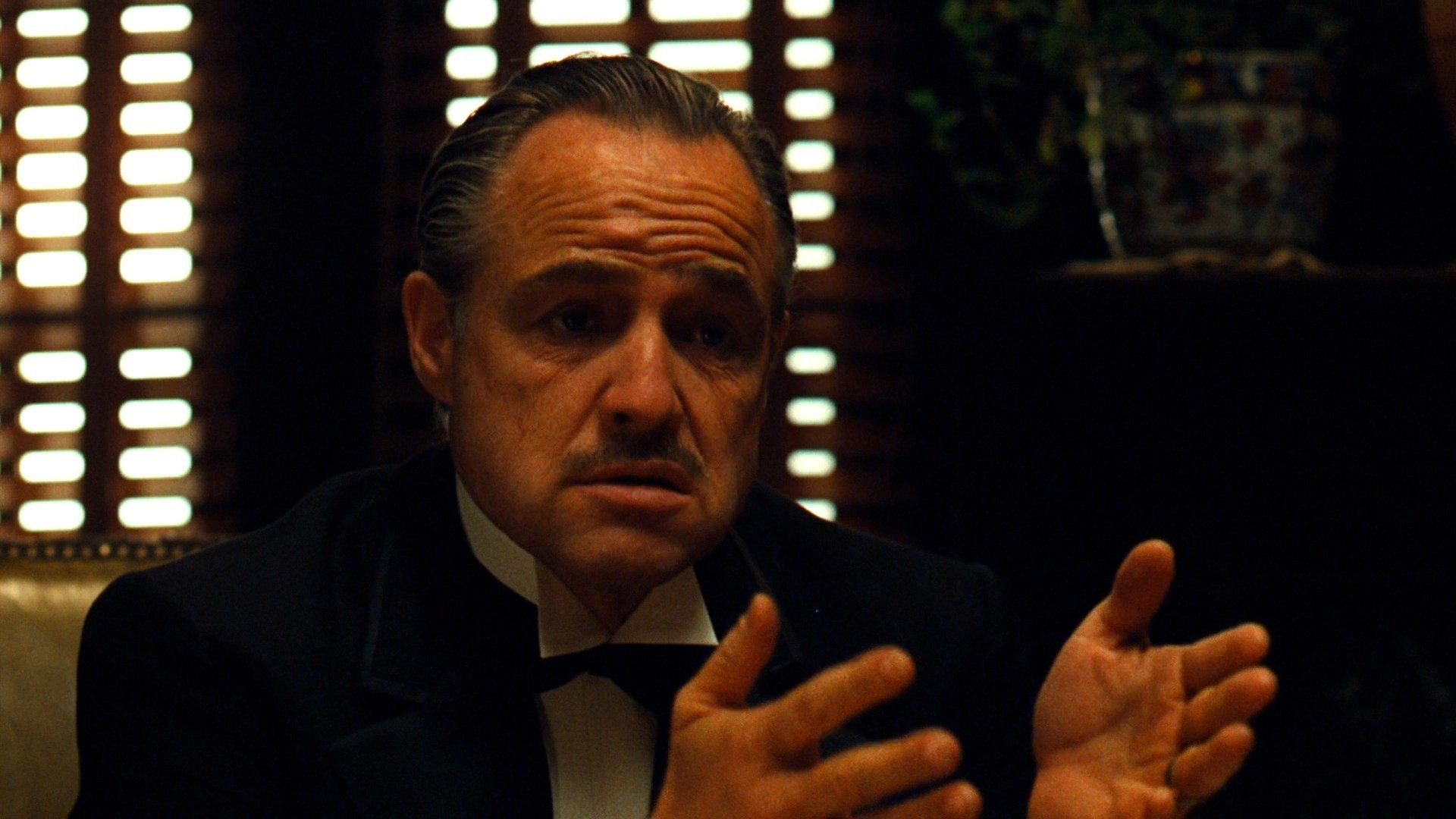ABOUT THE 50TH
ANNIVERSARY LIMITED THEATRICAL RELEASE
In celebration of the 50th anniversary of Francis Ford Coppola’s Academy Award®-winning* masterwork
The Godfather, Paramount Pictures announced today that the film will have a limited theatrical release in Dolby Vision beginning February 25, 2022 exclusively in Dolby Cinema at AMC Theatres in the U.S., as well as in international territories around the world. All three films in the epic trilogy have been meticulously restored under the direction of Coppola and will be made available on 4K Ultra HD for the first time ever on March 22, 2022.
ABOUT THE RESTORATION
“I am very proud of The Godfather, which certainly defined the first third of my creative life,” said Francis Ford Coppola. “With this 50th anniversary tribute, I’m especially proud Mario Puzo’s THE GODFATHER, Coda: The Death of Michael Corleone is included, as it captures Mario and my original vision in definitively concluding our epic trilogy. It’s also gratifying to celebrate this milestone with Paramount alongside the wonderful fans who’ve loved it for decades, younger generations who still find it relevant today, and those who will discover it for the first time.”
Coppola’s masterful film adaptation of Mario Puzo’s novel chronicles the rise and fall of the Corleone family and the film trilogy is rightfully viewed as one of the greatest in cinematic history. In preparation for the 50th anniversary of the first film’s original release on March 24, 1972, Paramount and Coppola’s production company American Zoetrope undertook a painstaking restoration of all three films over the course of three years.
Every effort was made to create the finest possible presentation for today’s audiences who can watch the films using technology that has advanced dramatically since 2007 when the last restoration was completed by eminent film historian and preservationist Robert Harris. Using that work as a blueprint, the team spent thousands of hours to ensure that every frame was evaluated to create the most pristine presentation while remaining true to the original look and feel of the films.
“We felt privileged to restore these films and a little in awe every day we worked on them,” said Andrea Kalas, senior vice president, Paramount Archives. “We were able to witness first-hand how the brilliant cinematography, score, production design, costume design, editing, performances, and, of course, screenwriting and direction became famously more than the sum of their parts. It was our commitment to honor all of the filmmakers’ exceptional work.”
RESTORATION DETAILS
- Over 300 cartons of film were scrutinized to find the best possible resolution for every frame of all three films.
- Over 4,000 hours were spent repairing film stains, tears, and other anomalies in the negatives.
- Over 1,000 hours were spent on rigorous color correction to ensure the high dynamic range tools were respectful of the original vision of Coppola and cinematographer Gordon Willis.
- In addition to the 5.1 audio approved by Walter Murch in 2007, the original mono tracks on he Godfather and The Godfather: Part II have been restored.
- All work was overseen by Coppola.









